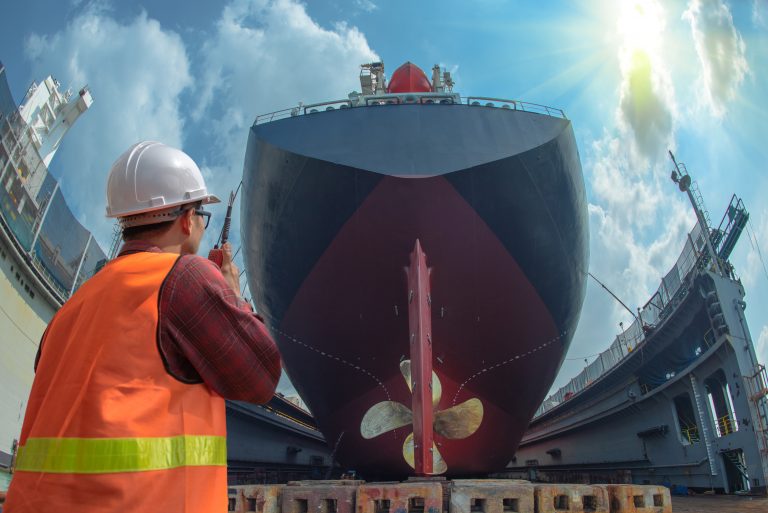
Understanding P & I Full Condition Surveys: A Vital Element in Maritime Risk Management
In the maritime industry, safety, compliance, and risk mitigation are crucial not only for vessel operators but also for insurers. One of the most essential tools in this framework is the P & I Full Condition Survey. Commissioned by Protection & Indemnity (P & I) Clubs, these surveys play a key role in evaluating the seaworthiness, safety standards, and operational integrity of a vessel. This process is instrumental in safeguarding the interests of shipowners, charterers, cargo interests, and third-party claimants.
What is a P & I Full Condition Survey?
P & I Full Condition Survey is a comprehensive inspection carried out by an approved marine surveyor on behalf of a P & I Club. The primary goal is to assess the overall condition of the vessel and its compliance with international safety, operational, and maintenance standards. These surveys are usually conducted when a ship is newly entered into a P & I Club or periodically throughout its tenure with the insurer.
The inspection encompasses a wide range of areas, including:
- Hull and deck condition
- Structural integrity
- Machinery spaces
- Cargo handling equipment
- Safety appliances and life-saving equipment
- Fire-fighting systems
- Navigation systems
- Pollution prevention equipment
- Crew accommodations and welfare conditions
Purpose and Importance
The purpose of a P & I Full Condition Survey is multi-fold. It ensures the vessel operates within acceptable standards, minimizing the risk of accidents, environmental damage, and costly claims. By identifying deficiencies early, it allows shipowners to take corrective actions before they lead to serious issues.
From the P & I Club’s perspective, the survey helps in:
- Evaluating the risk exposure of insuring the vessel
- Deciding whether to accept, reject, or impose conditions on insurance coverage
- Encouraging best practices and compliance among vessel operators
For shipowners, a successful survey builds trust and confidence with insurers and stakeholders, and demonstrates a commitment to safety and reliability.
Survey Procedure
Typically, the process involves a detailed onboard inspection by a qualified marine surveyor. The surveyor uses a checklist based on IMO regulations, SOLAS, MARPOL, ISM Code, and the specific standards of the P & I Club. Photographic evidence is often collected, and any deficiencies or areas of concern are documented in a formal report.
In cases where serious defects are found, the P & I Club may issue recommendations or conditions of cover, requiring the shipowner to rectify the issues within a specified timeframe.
Benefits of Compliance
- Lower Risk of Claims: A well-maintained vessel is less likely to experience incidents that lead to third-party claims.
- Reputation Enhancement: Compliance with P & I surveys reflects positively on the operator’s reputation within the shipping community.
- Operational Efficiency: Regular inspections contribute to smoother day-to-day operations and help reduce unplanned downtime.
- Cost Savings: Early identification of issues prevents expensive repairs or liabilities in the future.
In conclusion, P & I Full Condition Surveys are a cornerstone of maritime risk management. They provide a structured and proactive approach to vessel safety, reduce insurance liabilities, and ultimately help ensure safer seas for all stakeholders involved.
